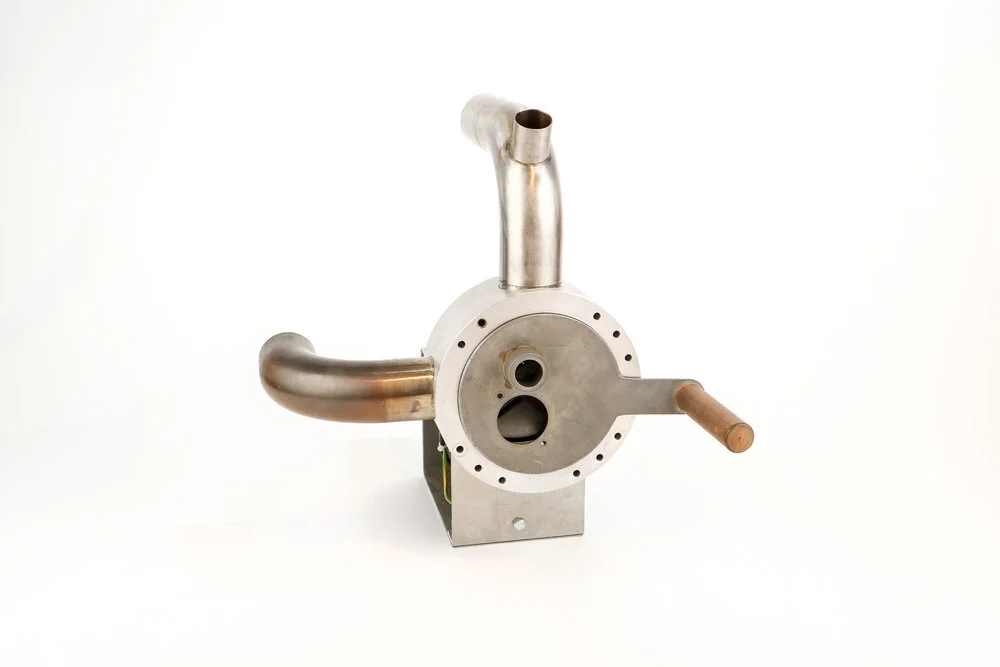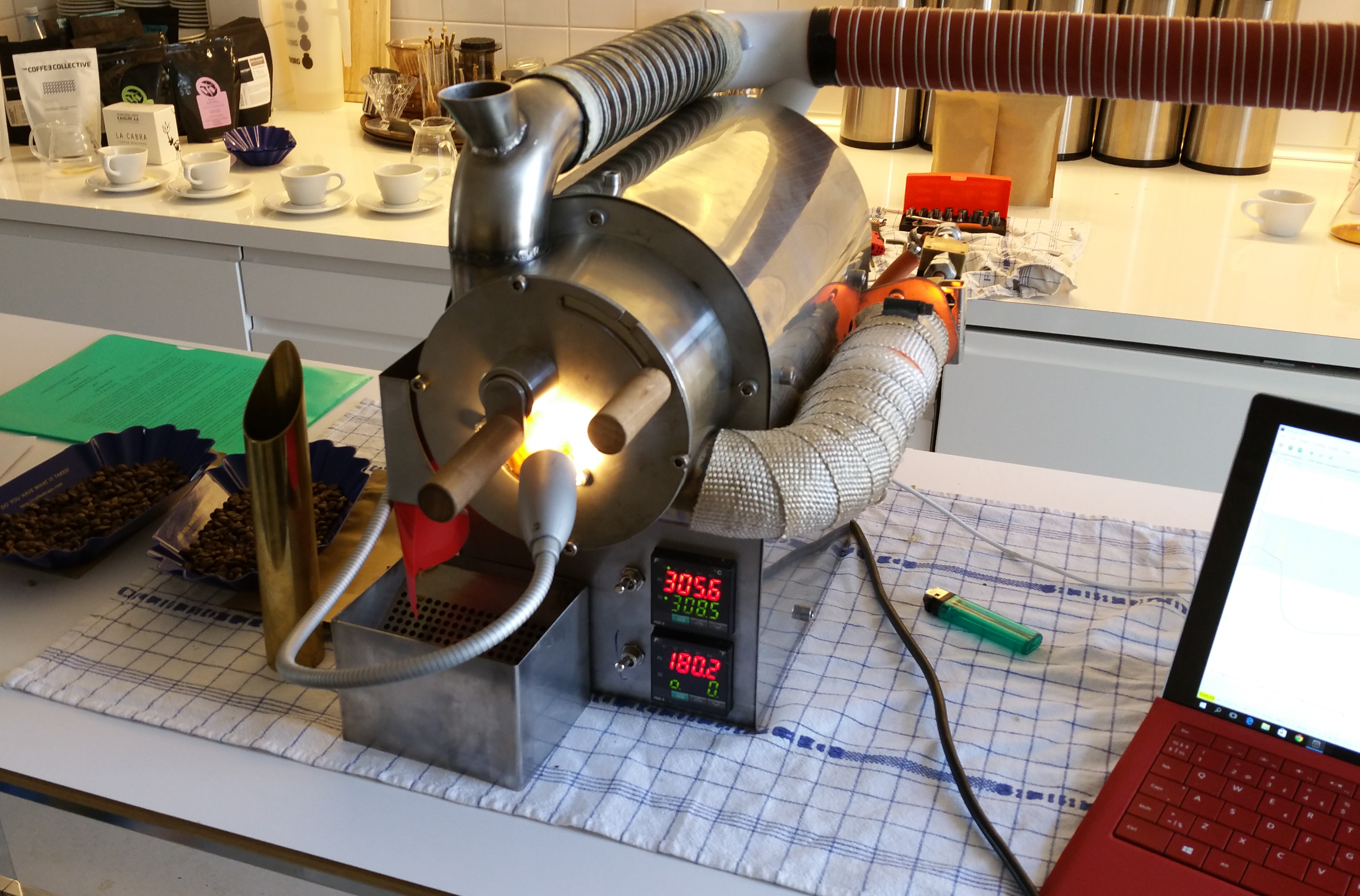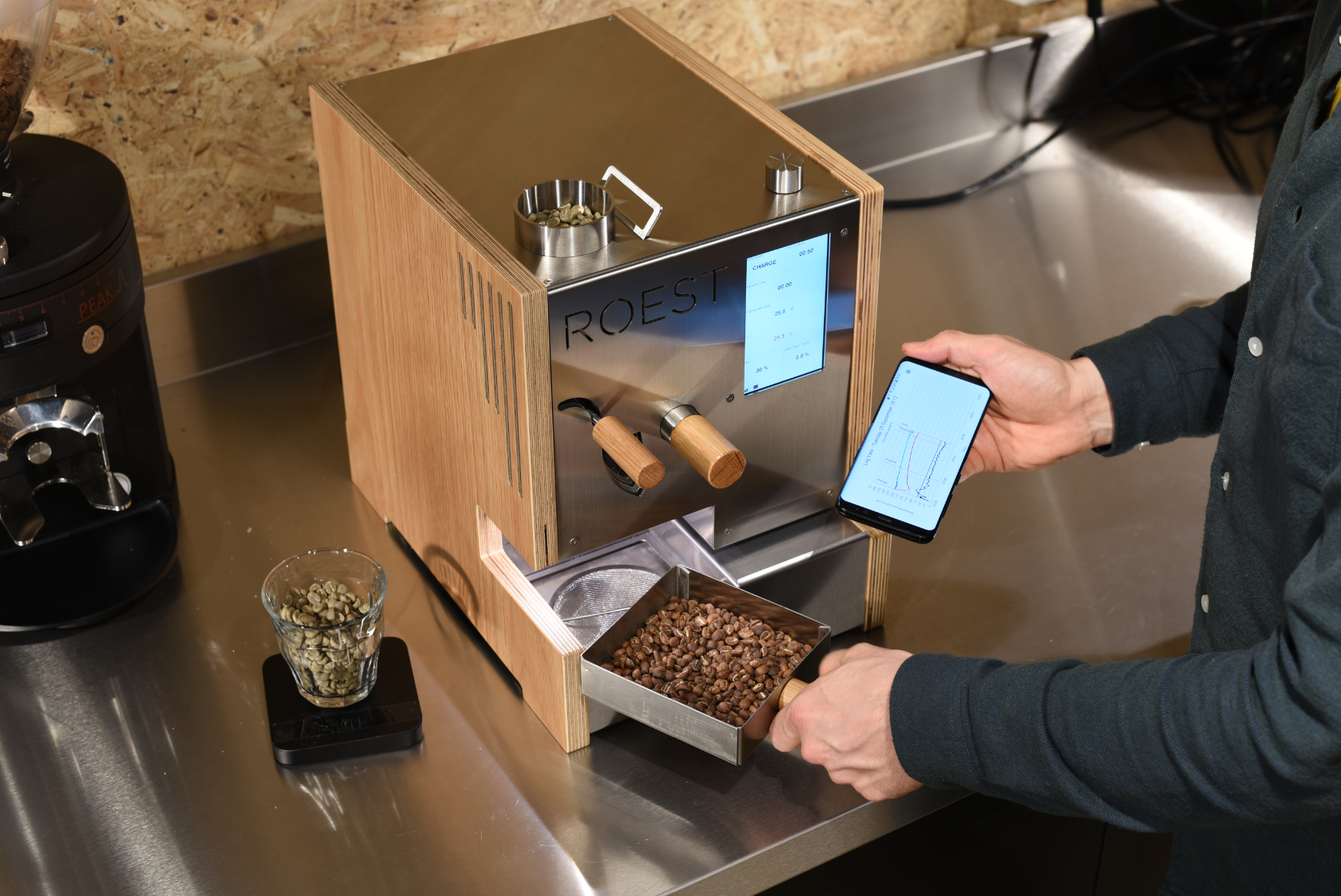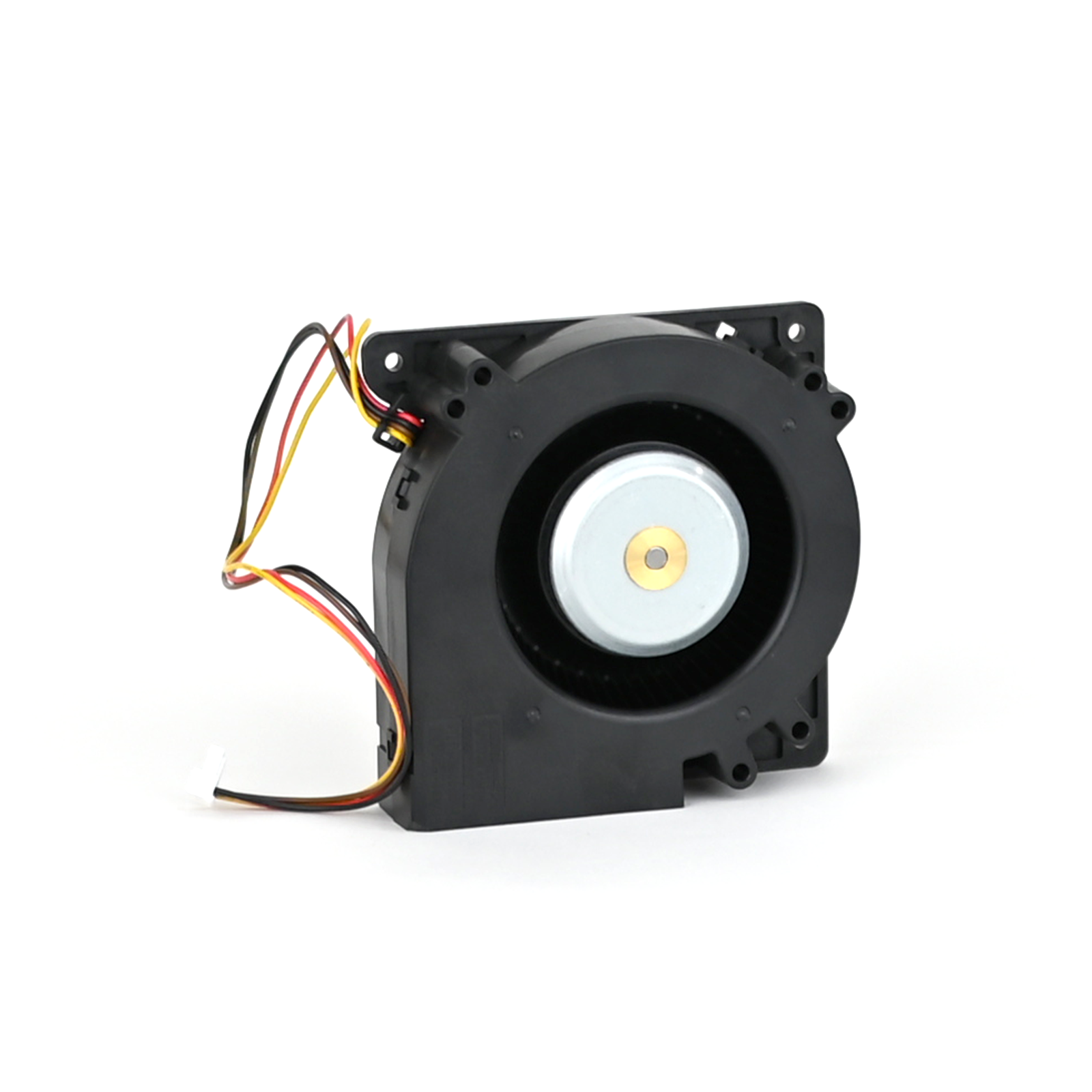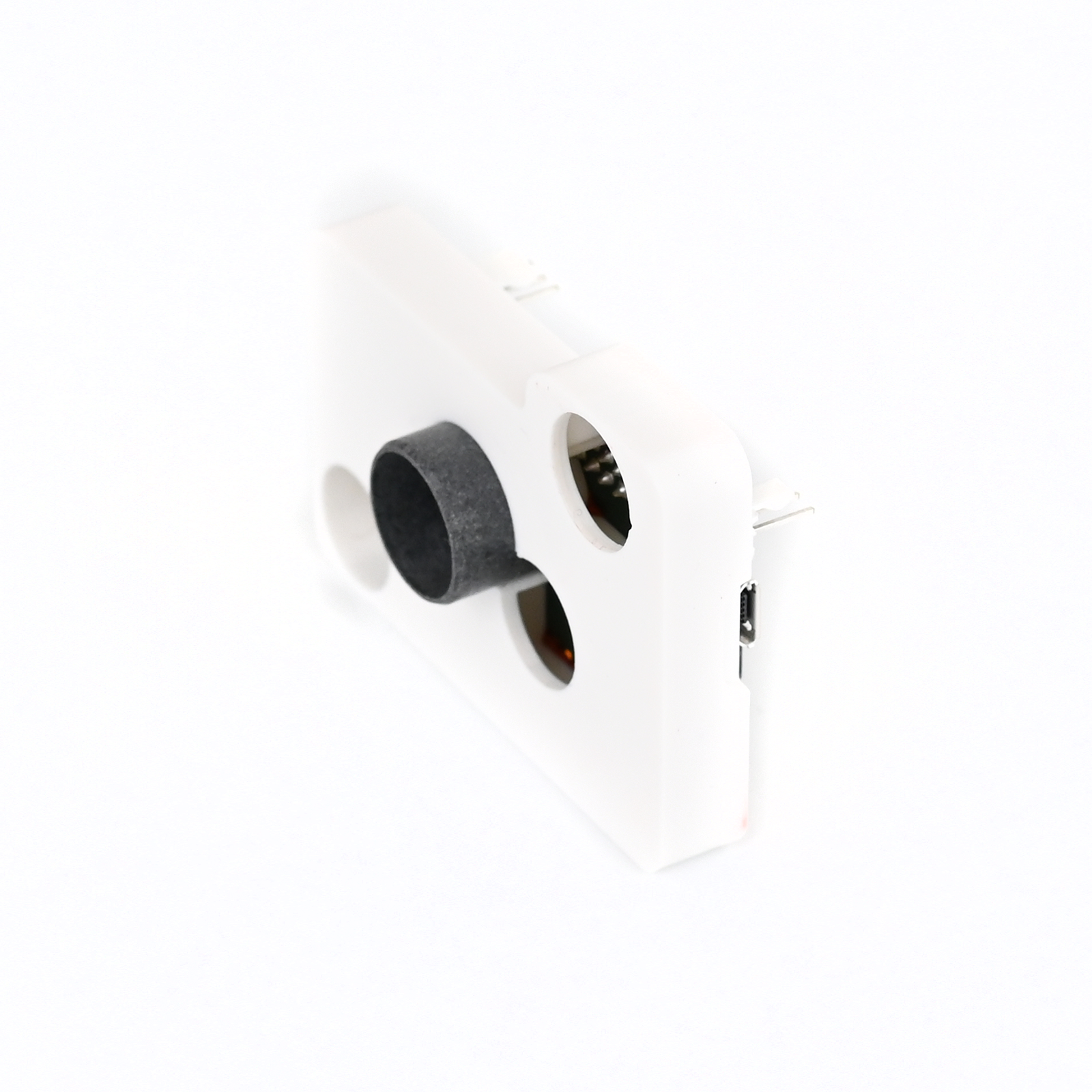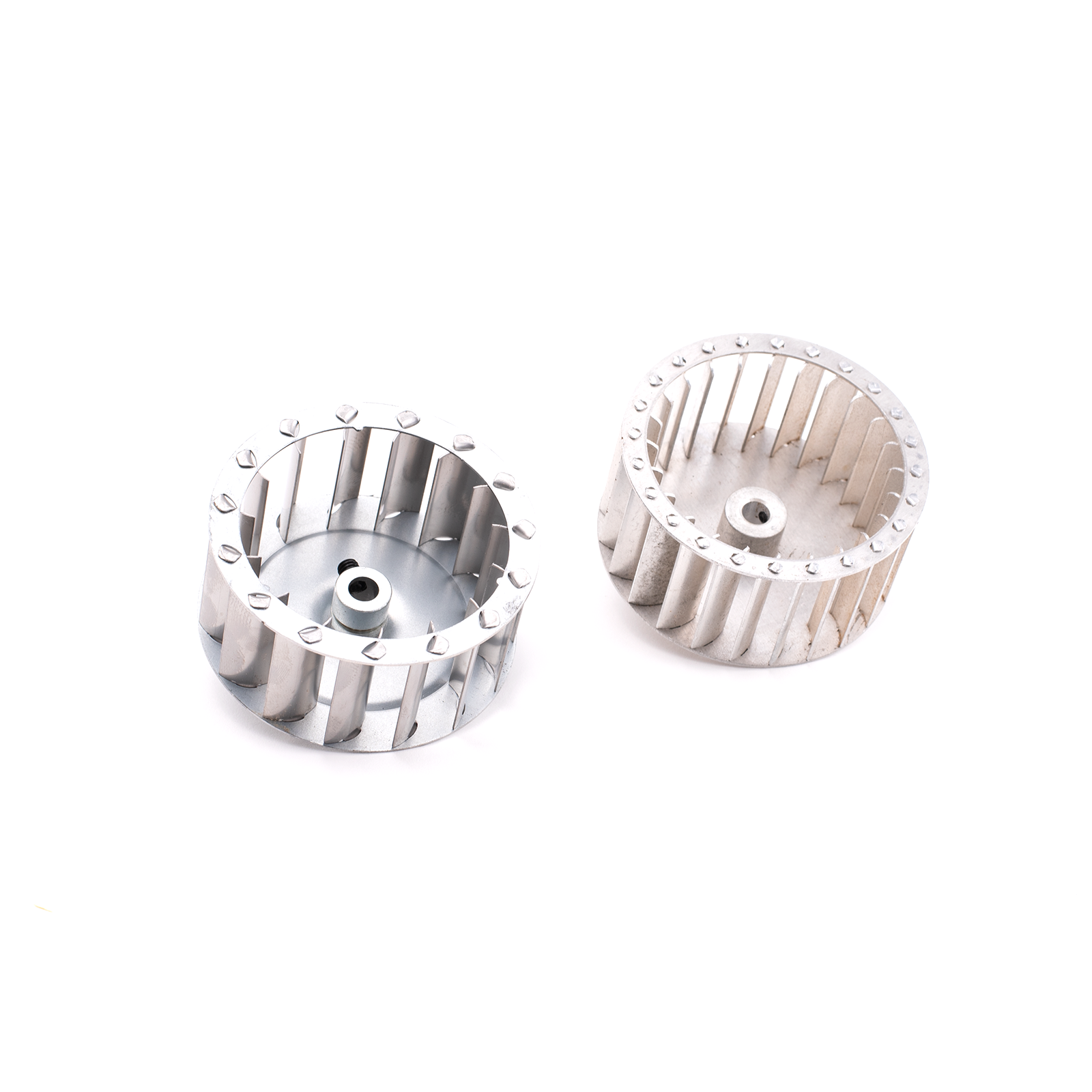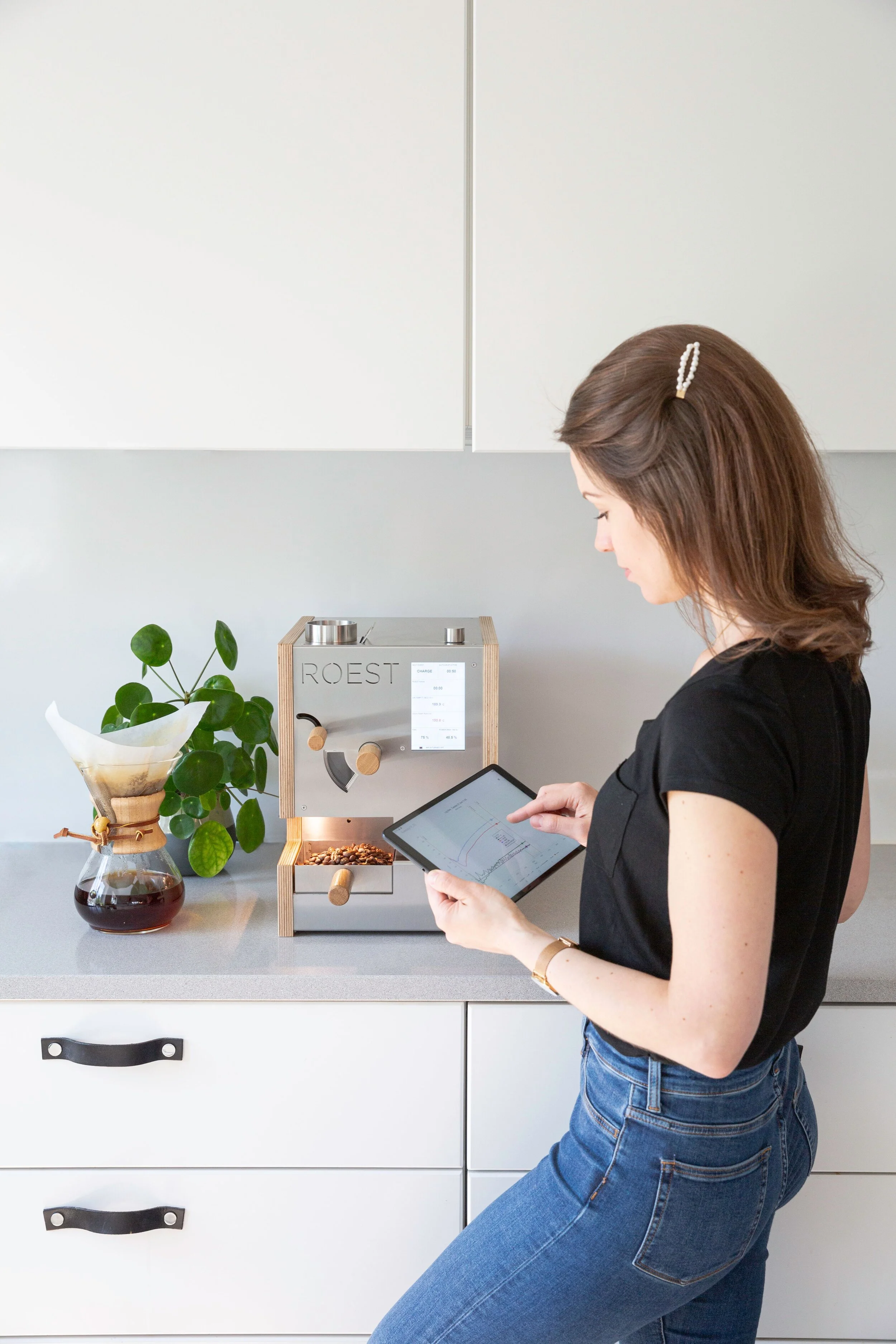From prototype to award-winning sample roaster
Evolution of ROEST Sample Roaster
From the very beginning, we had a clear vision; to build a sample roaster with unmatched consistency, digital precision and without any compromises when it comes to the final result: the perfect cup.
We had several tries until we achieved the results we wanted. Learning from mistakes and staying true to our values is what today makes ROEST the best sample roaster on the market.
And this is our journey:
I. PROTOTYPES
Prototype 1: Electric heating
We made our first prototype in 2014. This was designed for electric heating and it was the first version of what we today call hybrid technology; drum roaster combined with hot air. The challenge at this stage was the heat transfer from the heating element to the drum. Even though we had a very powerful fan, the response was very slow, and we burned up a variety of heating elements in the search for the optimal setup. We couldn’t find it.
First prototype of sample roaster
One Sunday afternoon, after Trond had been out camping, he took his Primus camping gas to the office. The direction of the heat inlet was changed from horizontal to vertical and a 2000 W gas burner was put below. After working all those hours with electricity, we were amazed by the response. The instant heat was too much for the coffee beans, but we changed the rotation of the paddles and we suddenly had a decent manual sample roaster.
Improved roasting results was a good starting point. After a blind cupping with the Nordic Approach team and actually serving the winning roast, we knew we were heading in the right direction. We started producing our next gas-powered prototype.
Prototype 2 to 4: Fully gas-powered
Prototype 3 - gas-powered roasting with live view via Artisan
In prototypes 2 to 4, we used a 3kW pilot gas burner, a gas burner designed to ignite larger gas burners, not to roast coffee. It was far from ideal for our use, but it worked.
For control, we used two Fuji PIDs and we logged into Artisan to follow the roasting process live. We were able to roast consistently, to a certain degree, and the coffee cupped OK.
Our main challenge in this period was mechanical. We needed a reliable solution for dropping the beans automatically.
Prototype 5: Gas burner and custom electronics
Prototype 5 - getting into shape of future ROEST
With prototype 5, we solved the mechanical problems, made a custom gas burner and also custom electronics - that was a game changer. Finally, we got control over roasting with consistency, which greatly improved the results.
It was time for ROEST to get out of the basement!
Prototype 6: Testing and making changes
With the good results from prototype 5, we were so enthusiastic that we started developing improved custom electronics. We also decided to make 10 units together with four pilot customers in Norway.
Getting a few of the units up and running was done in a few months. Testing and improving took a lot longer.
To keep the costs down, we tried to find our own ways of controlling the gas within the frames of the strict gas regulations. It wasn’t easy. Existing air-gas ratio control units would do the trick but would increase the price too much.
Prototype 6 is also the prototype that won the Asia Design Prize 2017 award.
From prototype 7 to 7x: Gas was not the way to go
Prototype 7 was the most “prototype” of all the prototypes. It consisted only of the roasting chamber and a gas burner. It was made to test a few new engineering solutions. At this stage, most of our time was spent on improving the electronics, mainly on how to better control the gas burner. We were not getting good enough results and when looking for the best sample roaster, compromise was not an option.
In November 2017, after three years of development, we had to face the truth. Dealing with the frustration of unstable results, we came to the conclusion that we could not control gas with the digital precision we’d been aiming for. We had to go back to where we started.
We took parts from prototype 1, and three days later the new fully electric version called Prototype 7X was ready. With a new fan system our previous problems with heat transfer in prototype 1 were now solved.
To compare results between gas and electric-powered prototypes, we had several cuppings. And we were impressed with the final results. The cup results we previously enjoyed in the gas-powered roaster, we now found also in the hybrid drum roaster. What also blew our minds was that we had increased responsiveness and the roaster was much easier to control. The power consumption went down to 1/3 from prototype 1 (around 1100W). We were finally ready to share our sample roaster with the first pilot customers!
Prototype 8 on the left and Prototype 6 on the right. Gained new name and closed gas window.
Prototype 8: First pilot customers
Excited about our final prototype, we produced the first 10 roasters and we invited our first pilot customers on board. In order to meet the needs of the different segments in the coffee industry, we made sure our pilot customers included coffee importers, roasteries, coffee researchers and home roasters.
Among the first ones who contributed to shaping ROEST were: Nordic Approach, Tim Wendelboe, both in in Norway, and Hard Beans Roastery in Poland.
Finally, we were on the right track to making the product we initially wanted to create; a sample roaster with elegant design and optimal performance. And it was just the beginning of the ROEST production.
II. PRODUCTION
Production 9 to 10: Collecting feedback and improving
Moving forward from the last prototype, prototype 8, we found a more efficient way to build the inside of the roaster. It made it easier to handle repairs for us and our future customers. Also, the roasting was consistent and precise, and we had amazing results in the cup. We were finally satisfied and ready to start production! The P09, the 9th version of ROEST Sample Roaster, is our very first production line for customers.
Between P09 to P10 there were not many changes yet. We had to listen to our customers closely and with every small technical challenge we designed a way to make it better.
Roasting coffee on ROEST sample roaster is easy for everyone - professionals or learners. Read more about its features here.
Production 11 to 16: Living our mission: Constantly improving to ensure better user experience.
All the changes we have made were focused on removing technical issues and increasing the quality of parts that the ROEST Sample Roaster is built with.
After countless kilos of coffee roasted on ROEST, by us and by our customers, here are some examples of the improvements we’ve made:
FAN - more powerful and reliable fan for optimal heat transfer.
IMPELLERS - made from a stronger material, combined with improved design, making them several times stronger. They are also easier to clean and service.
DRUM BLADES - three times stronger paddles with improved geometry, to protect the roaster from defected beans, stones etc.
ENCODER - improved responsiveness of the encoder, making it easier to adjust the settings when rotating the knob.
WI-FI - simplified process of connecting the sample roaster to Wifi connection and keeping it steady while roasting.
COOLING TRAY SENSOR - a feature to remind you there is coffee left in the tray, before the ROEST releases the next roast. (For P12 and higher)
New style of BACK PLATE for easier access when you need to do the maintenance.
The most exciting feature we’ve developed: FIRST CRACK DETECTION. Technology to recognize and register individual cracks, to deliver true potential of each coffee. And of course - turning your sample roaster into a fully automatic roaster from start to finish. (For P11 and higher)
III. Improvements
Customer of ROEST sample roaster love that they can be a part of new features development.
The development team at ROEST is constantly improving the quality of our product. We try to make most of the changes the way they can be implemented into the previous models. It means that you can upgrade your sample roaster to the latest version, including all our latest improvements. “P11 and P16 can be similar machines. For example, you can upgrade the fan impellers we designed for P16 and put them into P11,” explains Trond.
While some bigger upgrades might be challenging and require our help, most of the upgrades are easy to implement, using our online guidance. Here, our customers have access to spare parts, manuals and video tutorials.
We will keep working on small improvements and making them available for both our current and new customers. More importantly, we will always keep improving firmware and software, making the sample roaster even more user-friendly.
We listen to our ROEST community (Visit our online forum) and we take your feedback seriously. Every month our developing team releases new firmware updates and adding regular features for online roasting via our web portal. While some updates are regular bug removals, we also implement new features based on customers’ proposals, feedback in forums or from reviews. And as our customers already know - these improvements are free for everyone.


